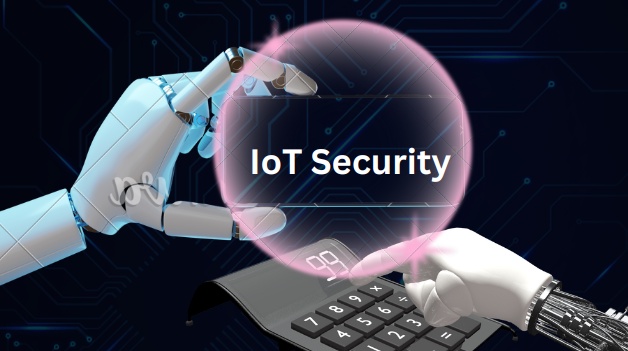The Internet of Things (IoT) has revolutionized the way we interact with technology and the world around us. It has brought about incredible advancements, connecting various devices and systems to enhance efficiency, convenience, and overall quality of life. However, with this increasing connectivity comes the urgent need to address IoT security challenges. As the number of interconnected devices continues to grow, so does the potential for cyberattacks and data breaches. In this blog, we will explore the significance of IoT security and delve into the measures required to safeguard the connected universe.
Understanding IoT and it's Expanding Impact
The Internet of Things refers to the vast network of interconnected devices that can exchange data and information without human intervention. These devices span across numerous sectors, including healthcare, manufacturing, transportation, smart homes, and more. The ability to collect, analyze, and act upon data from these devices has unlocked a new era of technological possibilities, making it a key topic of interest in the technology magazine. From monitoring patients' health remotely to optimizing industrial processes, IoT has transformed industries and everyday life alike.
However, this rapid growth in IoT adoption has raised serious concerns about security, as highlighted in articles in the technology magazine. Many IoT devices were initially developed with functionality and convenience in mind, often overlooking robust security protocols. As a result, they can be vulnerable to cyber threats, which puts not only individual users' data but also critical infrastructures at risk.
Key IoT Security Challenges
Weak Authentication and Authorization: Numerous IoT devices come with default usernames and passwords that users often neglect to change. Hackers can exploit these weak credentials to gain unauthorized access to the devices and networks.
- Firmware and Software Vulnerabilities: IoT devices are usually equipped with embedded firmware and software, which may have security flaws. Manufacturers must regularly update and patch their devices to mitigate potential vulnerabilities.
- Lack of Encryption: Unencrypted data transmissions make it easier for cybercriminals to intercept sensitive information as it travels between devices and networks.
- Device Proliferation and Complexity: The vast number of IoT devices and their intricate interconnections increase the attack surface, making it more challenging to monitor and secure the entire ecosystem effectively.
- Resource Constraints: Many IoT devices are resource-constrained, limiting their ability to incorporate robust security mechanisms due to processing power and memory limitations.
- Inadequate Regulatory Framework: The IoT industry has grown exponentially, but regulations have struggled to keep pace. A lack of comprehensive standards and protocols has hindered uniform security practices.
Safeguarding the IoT Ecosystem
- Strong Authentication: Device manufacturers must implement multi-factor authentication to ensure that only authorized users can access the devices. Users should also be encouraged to personalize their login credentials during device setup.
- Regular Software Updates: Timely software updates and patches are crucial to fixing known vulnerabilities. Manufacturers should have a well-defined process for providing security updates to devices throughout their lifecycle.
- Encryption: All data transmitted between IoT devices and networks should be encrypted to prevent unauthorized access and eavesdropping.
- Secure Boot and Firmware Validation: Implementing secure boot mechanisms ensures that only authorized and verified firmware can run on the device, reducing the risk of tampering.
- Network Segmentation: Dividing the IoT network into separate segments with limited communication between them can minimize the impact of a security breach and prevent lateral movement by attackers.
- Monitoring and Anomaly Detection: Continuous monitoring of IoT devices and networks enables the early detection of unusual behavior, indicating a potential security breach.
- Education and Awareness: Users and organizations should be educated about the risks and best practices for IoT security. Awareness can go a long way in preventing common security mistakes.
Conclusion
The Internet of Things has brought unparalleled connectivity and convenience to our lives, but it has also introduced significant security challenges. As the IoT ecosystem expands, it is crucial to prioritize robust security measures to protect users, sensitive data, and critical infrastructures. Additionally, with the rising influence of most innovative insurance tech companies in the industry, it becomes even more essential to address potential risks proactively. Manufacturers, policymakers, and users must work together to create a secure and resilient IoT landscape. By implementing strong authentication, regular updates, encryption, and proper monitoring, we can truly safeguard the connected universe and continue to enjoy the benefits of IoT without compromising our security and privacy.


No comments yet